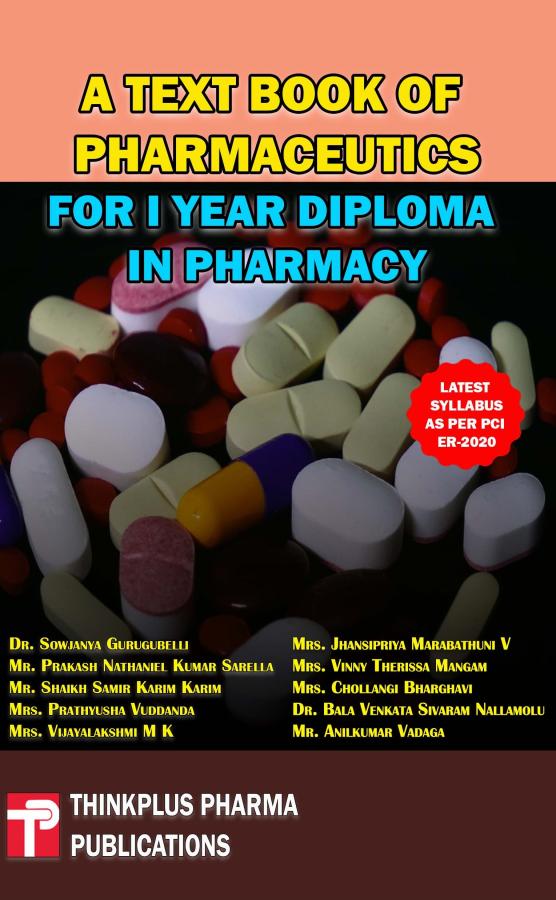Chapter 9: Drying
Synopsis
Author:
Dr. Syed Afzal Uddin Biyabani
Research Scholar, Rajiv Gandhi University of Health Sciences, Bangalore, India
Abstract: Drying is a crucial unit operation in pharmaceutical manufacturing, involving the removal of moisture or other solvents from solid, semi-solid, or liquid materials. This process is essential for enhancing the stability, handling properties, and shelf life of pharmaceutical products. Various drying mechanisms, including evaporation, vaporization, and sublimation, are employed depending on the nature of the material and desired end-product characteristics. Different types of dryers, such as tray dryers, fluidized bed dryers, spray dryers, and freeze dryers, are used based on the specific requirements of the formulation. Factors affecting drying efficiency include heat and mass transfer rates, material properties, and equipment design. The concept of drying kinetics, including constant rate and falling rate periods, is explored to understand the drying process dynamics. Critical process parameters, such as inlet air temperature, airflow rate, and product bed depth, are discussed in relation to their impact on product quality. Special considerations for heat-sensitive materials and the drying of hygroscopic substances are addressed. Quality control measures, including moisture content determination and uniformity testing, are essential to ensure consistent product quality.
Keywords: Moisture removal, Solvent evaporation, Drying kinetics, Stability enhancement, Lyophilization, Process optimization


 .
. 